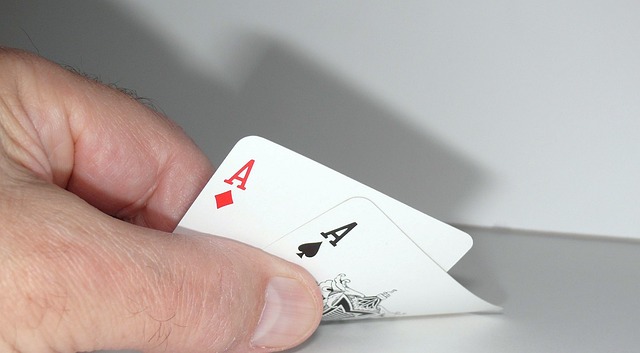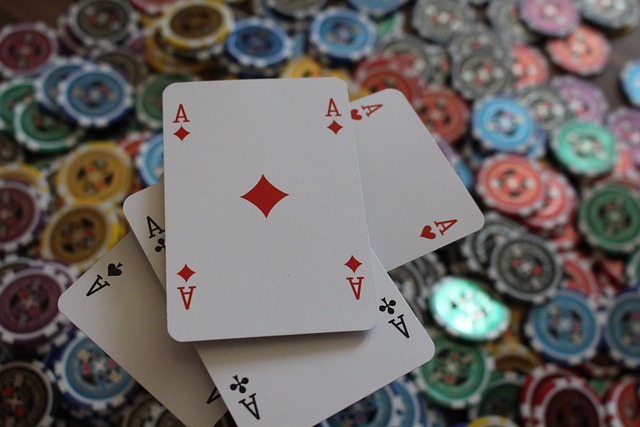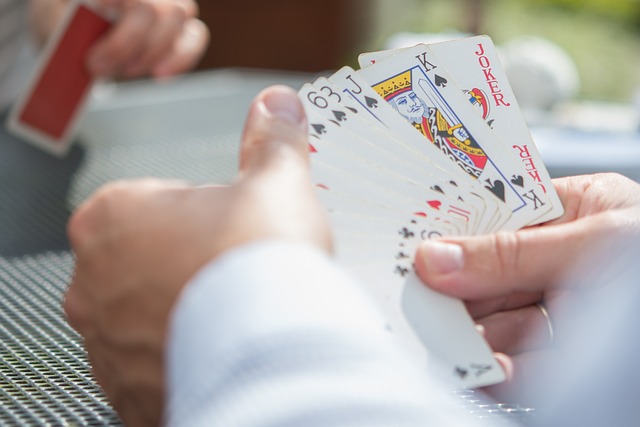Not every player wants a drawn-out game of poker or a multi-hand blackjack session. Some prefer quick, decisive action—and that’s where Sic Bo and Dragon Tiger shine. These games are fast, simple, and high-variance, making them perfect for casual bettors, mobile users, and time-constrained sessions.
This post breaks down how Sic Bo and Dragon Tiger work, what makes them appealing in modern platforms, and how to manage their unique trade-offs in volatility and player experience.
What Are These Games, and Why Are They Popular?
Both games originated in Asia but have gained global traction—especially in live dealer and mobile-first formats.
- Sic Bo is a dice-based game where players bet on the outcome of three rolled dice. Think of it as roulette meets craps.
- Dragon Tiger is a two-card game where players bet on which hand—Dragon or Tiger—will draw the higher card. It’s often compared to a one-card version of baccarat.
Why They Work
- Simple rules: No complex strategy required
- Fast rounds: New outcome every 10–15 seconds
- Visually engaging: Works well with animation or live video
- Scalable: Easy to run multiple concurrent tables
Sic Bo: Dice Betting with High Variance
Sic Bo offers a wide variety of bet types, from low-risk even-money wagers to high-payout options based on specific triples.
Bet Types Include:
- Small/Big: Total of dice is 4–10 (Small) or 11–17 (Big)
- Specific Triples: e.g., three 6s pays 180:1
- Total Bets: Betting on the exact sum of all dice
- Combination Bets: Two specific numbers appear
Why Players Like It
- Large payout potential (especially on triples and totals)
- Quick results with clear visuals
- Often features multipliers in live or VR formats to boost appeal
Operator Tips
- Emphasize bet variety in UI without overwhelming users
- Highlight hot/cold numbers or recent totals to drive engagement
- Use bet limit settings to manage exposure on high-payout outcomes
Dragon Tiger: Baccarat’s Faster Cousin

Dragon Tiger is as simple as it gets: two cards dealt face-up, one to Dragon, one to Tiger. The higher card wins.
Core Bets:
- Dragon
- Tiger
- Tie (pays 8:1 or similar, depending on house rules)
Some variants include side bets for suited ties or card ranges, but the core mechanic is always the same.
Why Players Like It
- Extremely fast—each round can resolve in under 10 seconds
- No ambiguity: just pick a side
- Feels fair and random, yet allows light pattern-tracking
Operator Tips
- Offer low-stakes versions to attract first-time table game players
- Use side bets sparingly—they can confuse more than convert
- Consider auto-play or quick-bet functions for repeat players
Table: Comparing Sic Bo and Dragon Tiger
| Feature | Sic Bo | Dragon Tiger |
|---|---|---|
| Game Type | Dice-based | Card-based (1v1) |
| Speed | Moderate (10–20 sec rounds) | Fast (5–10 sec rounds) |
| Bet Complexity | High (many options) | Low (3 core bets) |
| Max Payouts | Up to 180:1 (triples) | 8:1 (ties or variants) |
| Best Use Case | Variety + spectacle | Speed + simplicity |
Managing Volatility and Player Flow

These games are high-frequency, high-variance. That means players can churn quickly if they hit a losing streak—or overextend if the pace isn’t managed.
Recommendations:
- Implement bet caps for high-payout categories (like triple bets)
- Offer loss limits and session timers in UI (especially for mobile)
- Use free play modes to help new players learn risk-free
- Track round frequency and player bounce rate to fine-tune session length
Both games benefit from crisp visuals, smooth animation, and low latency—especially in live dealer or VR environments.
Final Takeaway: Speed and Simplicity Win—With Guardrails
Sic Bo and Dragon Tiger are perfect for platforms that want to offer fast, engaging alternatives to traditional table games. Their appeal lies in simplicity and pace, but that same pace can lead to volatility if not managed.
Design the experience for clarity and control—not just flash. And always give players room to slow down if they want to.
